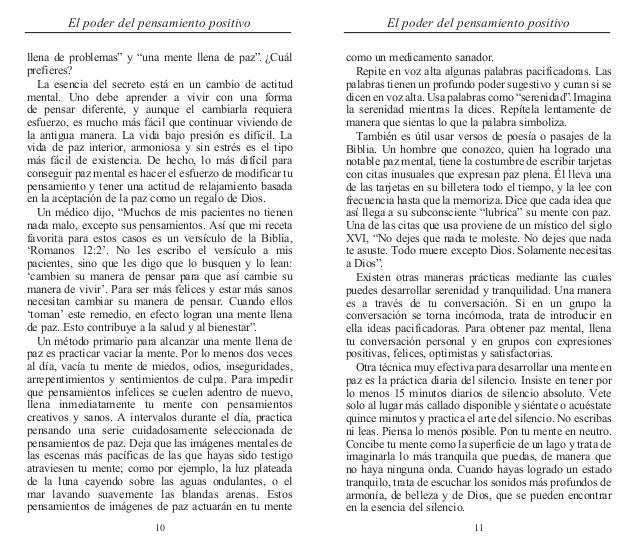The Shipping System Laytime Calculation Free
Comprehensive shipping management software solution specifically designed to. Glomaris can be used with any ERP system, and you only have to enter your. 1, LAYTIME CALCULATION. 2, Company Name, 1.Agents, 2.Vessel's name. 4, 3.Port, 4.Owners/Disponent Owners, 5.Vessel berthed. 6, 6.Loading.
Laytime is the time, determined by the charterer, allowed for loading and discharging cargo. The laytime is spelled out in the voyage charter, and the wording of the laytime clause in the voyage charter is critical, since delays associated with the voyage are borne exclusively by the ship owner, and delays in harbor may be distributed between the ship owner and the charterer. If delays occur in the acts of loading or discharge, the charterer must pay the owner a fee, called 'demurrage,' for time lost in port. If loading and discharge are completed early, the ship owner pays the charterer a fee called 'despatch.'
Items you will need

Calculator
Copy of the voyage charter
Copy of the vessel Master's log
Copy of the Notice of Readiness
Charterer's or Receiver's Inspection report
Read the laytime clause of the voyage charter. Note how the charter determines the ship to be an 'arrived ship' and what Notice of Readiness must be given, if any.
Make a note of how much time, usually described in running hours or days, is allowed by the charter for loading or discharge of the cargo. Also make a note of any exceptions to this, such as work stoppages for weather or port holidays.
Record, from the voyage charter, the time that loading or discharge is to commence. Also, record who is to receive the Notice of Readiness to load or discharge--whether the shipper, receiver, charter or their agent.
Read the charter's laytime clause and determine the requirements for giving the Notice of Readiness. Do charter exclusions allow the Notice to be given before the loading or discharge berth is available? Must all port and customs clearances be completed before the Notice is given? If not, then the charterer will be liable for demurrage fees upon the Master's certification that the vessel is ready in all respects for loading or discharging.
Check the Charterer's (or Receiver's) Inspection report for evidence that the vessel was not ready to load or discharge in all respects. If it was not, laytime does not count.
Calculate the laytime. If the number of running hours or days spent loading or discharging the cargo, after the Notice of Readiness is properly given, varies from the contractually agreed amount of time, then the laytime is paid by the charterer as demurrage or the ship owner as despatch, at the hourly or daily rate specified in the voyage charter. For example, if the voyage charter specifies $416.76 an hour for demurrage or despatch and the unloading time varies from the time in the charter by 18 hours, multiply $416.76 by 18. The demurrage or despatch fee is $7,501.68.
Items you will need
- Calculator
- Copy of the voyage charter
- Copy of the vessel Master's log
- Copy of the Notice of Readiness
- Charterer's or Receiver's Inspection report
Laytime Terms
Video of the Day

More Articles
Jump to navigationJump to searchIn commercial shipping, laytime or laydays is the amount of time allowed[1] in a voyage charter or time charter for the loading and unloading of cargo.[2][3]
Under a in a voyage charter or time charter, the shipowner is responsible for operating the vessel, and the master and crew are the employees of the shipowner, not the charterer. However, once the vessel has 'arrived' at a port the charterer then assumes responsibility for the loading and unloading of cargo, and he has a period of laytime in which to carry this out. (Note that the actual loading may be performed by a third-party stevedore).
The moment when laytime commences is determined by a Notice of Readiness (or 'NOR'), which the master or agent of the ship must give to the port when the ship has arrived at the port of loading or discharge. The charterparty contract determines the precise meaning of 'arrival'. Usually, 'arrival' is when the ship has arrived at the port and is ready in all respects to load or discharge; but it may be, say, when the ship has passed buoy #2 in the approach channel, or once the vessel has pass through lock gates.[4]
If the charterer does not comply with the NOR, the carrier may cancel the contract and seek damages.[5] If the charterer's delay means that laytime is exceeded, a predetermined penalty (i.e. liquidated damages) called 'demurrage' is incurred.[6][7] If the whole period of laytime is not needed, a refund called 'despatch' may be payable by the shipowner to the charterer. Despatch is normally paid at 50% of the demurrage rate, but this depends on the terms of the charterparty. The ship may thus be able to leave port early. Despatch does not normally apply to tanker charters.[citation needed]
References[edit]
- ^Laydays may be measured in days (or portions thereof), hours, or even tides.
- ^Maritime knowhow website: Gencon, clause 6Archived 2011-04-04 at the Wayback Machine
- ^Maritime knowhow website: Notice of ReadinessArchived 2011-07-14 at the Wayback Machine
- ^Maritime knowhow website: Gencon, clause 9Archived 2011-04-04 at the Wayback Machine
- ^The Mihalis Angelos
- ^The Suisse Atlantique
- ^Hong Kong Fir Shipping Co Ltd v Kawasaki Kisen Kaisha Ltd
External links[edit]
| Look up laytime in Wiktionary, the free dictionary. |
- Haugen Consulting LLC Explanation of laytime and demurrage
- Laytime-Calculation.com Software for Laytime Calculation (Common known solution)
- Hydrostatix.com Software for Statements of Facts and Laytime Calculation (Common known solution)
Further reading[edit]
- Todd, Paul (1988) Contracts for the carriage of Goods by Sea, page 88, BSP Professional Books, Oxford, U.K ISBN